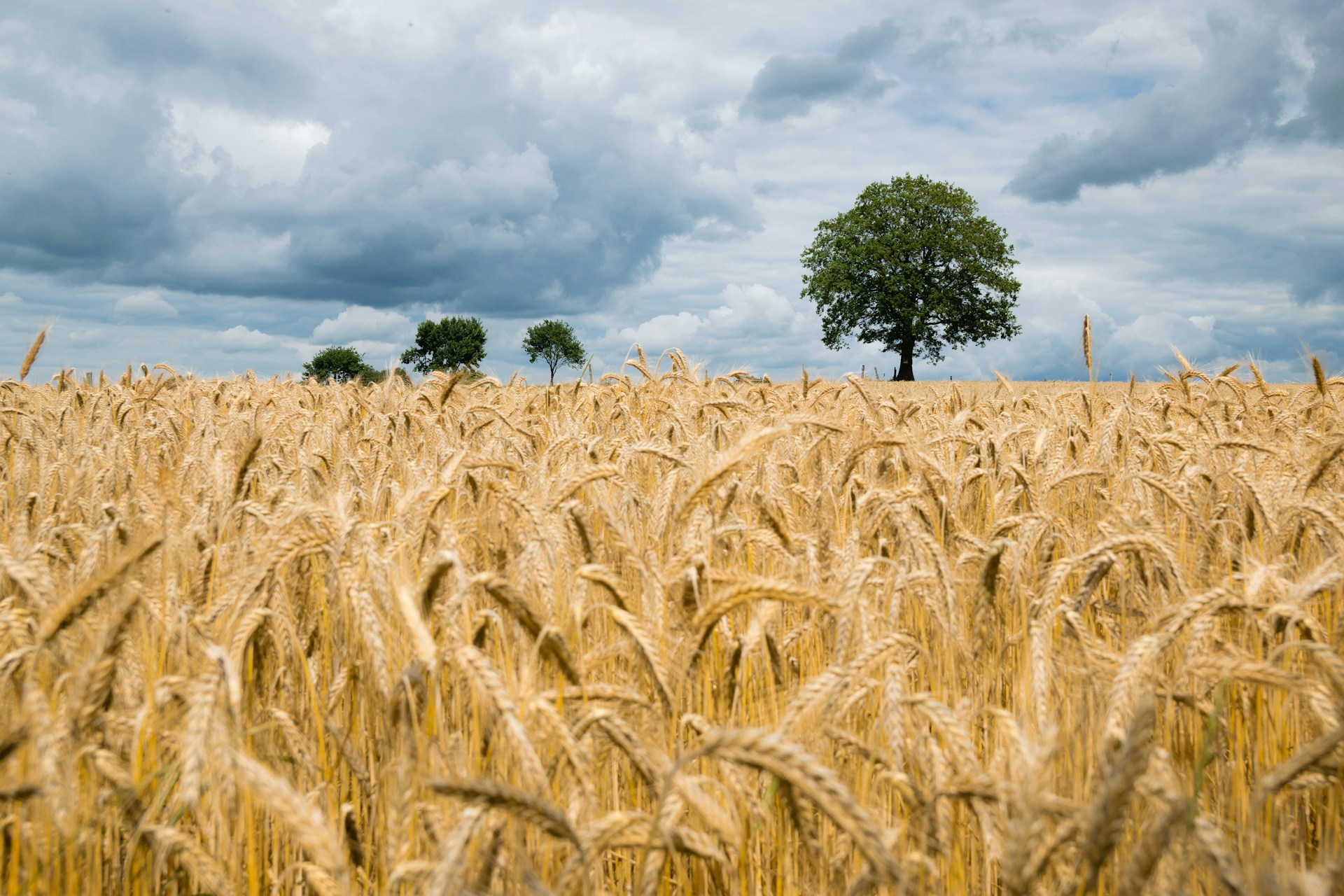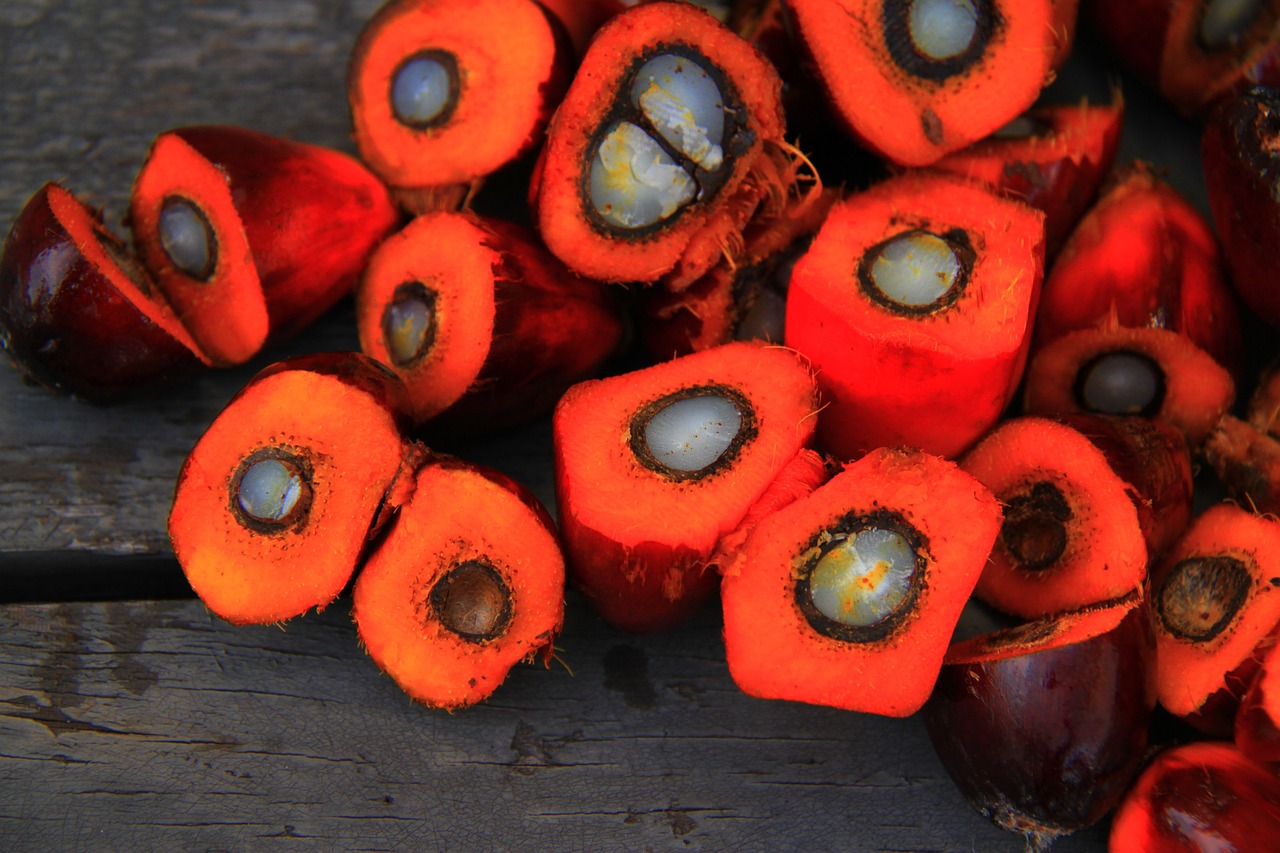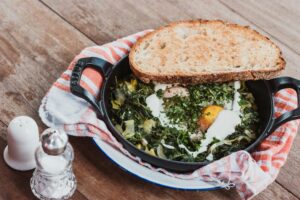Rye – Easier Weight Loss and Other Extraordinary Effects!
If you follow our blog, you are probably well aware of why we need to eat more whole grains and products derived from them, with as little processing as possible. Eating more whole grains is probably the easiest and simplest way to make your diet significantly healthier. Why?
Bread is the basis of nutrition, something we constantly consume, and for a reason! So simply replacing white with wholemeal bread has huge potential to make a really noticeable difference in adopting better eating habits.
Eating cereal for breakfast, on the other hand, can easily become a habit. This habit of eating different cereals for breakfast or dinner can significantly change the impression of our eating habits.

Rye – the second most important grain for bread production
Rye is a widespread herbaceous plant that is grown as a grain for human and domestic animal consumption. It belongs to the wider family of wheat plants, more precisely to the species Secale cereal, and is closely related to barley and wheat.
The obtained rye grains are used to make bread, beer, forage crops, and even for the production of whiskey and vodka.
The geographical origin of this cereal cannot be precisely said (although it is probably the region of Turkey), but we can say with great certainty that rye is thousands of years old.
Due to its extremely good durability, rye was a particularly suitable crop for aging in more northern, colder regions. Thus, it is considered that this cereal played a very significant role in the spread of civilization in the north.
Gluten is only a problem for people with celiac disease
This grain contains a protein called secalin, which is a form of gluten. However, rye gluten is less elastic, which results in a “tighter” texture of its products, that is, smaller and more densely distributed bubbles throughout the bread. It is important to know that people diagnosed with celiac disease have problems with gluten. Everyone else can safely eat gluten-rich foods.
Fortunately, separating the elements of the rye grain is generally much more difficult, so almost all products from this grain, even those from the whiter flour, have a significant nutritional concentration.
In the market, grains can be found whole, broken, or in the form of flakes. Of course, whole grain flours are also available, as well as rye products made from the whole grain!
Regardless of which cereal it is, always choose products that are less processed!

Outstanding nutrition
Rye cereals have their own unique nutritional composition, which enables numerous beneficial effects on our health. In the following, we will consider them more specifically.
After all, each different grain has its specific nutritional value, so it is best to include as many different whole grains as possible in our diet during the week.
One meal (about 70g) of rye cereal, in its complete form, contains:
About 200 calories
44g of carbohydrates
3g of vegetable fiber
0.6g of sugars
1.2g of fat
7.5g of protein
More vitamins from the B group, above all vitamin B1, B6, folic acid
0.5mg vitamin E
400mg of potassium
40 mg of calcium
2.5mg of iron
100 mg of magnesium
230mg of phosphorus
1.6g zinc
Beneficial effects of regular consumption of rye and its whole grain products:
-
It helps in improving blood sugar
In the fight against diabetes, foods that contribute to better insulin control and reduce appetite are extremely useful.
A study from Sweden’s Lund University examined the effects of breakfasts with different rye flours, prepared in different ways – baking, boiling, sourdough.
The obtained results indicate that the least processed flour best-controlled blood sugar and reduced appetite.
Such an effect is quite expected, taking into account the composition of the whole grain rye grain – above all, the abundance of plant fibers and phytochemicals.
Food fiber interferes with the work of digestive enzymes in the digestive system and thus ensures a gradual passage of glucose into the blood. It also results in appetite regulation.
-
Better digestion and more successful weight loss
The nutritional profile of rye indicates that it is a food suitable for better “flow” through our intestines and for a more successful weight loss process.
Vegetable fibers affect more successful satiety, except by regulating glucose (ensures its gradual absorption into the bloodstream) and by binding excess water in the stomach, which encourages a feeling of a full stomach.
A 2009 study found that whole-grain rye bread works much better on satiety than wheat bread. The same applies to the porridge obtained from rye grains. On this topic, there are really numerous studies with similar results.
Reducing the risk of obesity, fiber, ie food rich in it, contributes to reducing all the risks that go hand in hand with excess body weight, and they are numerous and inconvenient.
Researchers from the University of Eastern Finland and the International Agency for Research on Cancer in Lyon, France, are discovering how eating whole-grain rye foods affects the metabolism of our beneficial microflora. They determine the influence of this whole grain on blood levels of serotonin, which further has certain positive health implications.
In addition, in several studies, the vegetable fibers of rye show a stimulating effect in terms of the production of the so-called short-chain fatty acids by the aforementioned, our beneficial gut microflora (such as butyrate) into the bloodstream.
These components, in turn, are strongly associated with various health benefits, including weight reduction, sugar reduction, protection against colon cancer, etc. Plant fibers can also improve the situation with unpleasant hemorrhoids.
-
Rye may work to reduce chronic inflammation in people suffering from metabolic syndrome
Researchers from Kuopio University, Finland, put 47 adult patients with metabolic syndrome on 2 different, 12-week adapted diets.
The first group of patients ate oats, wheat bread, and potatoes (foods that stimulate a stronger insulin response after a meal), and the second group was on a diet based on rye bread and wholemeal pasta (a weaker insulin response after meals).
It was determined that the second group had reduced the so-called inflammatory markers (interleukin 1 beta and interleukin-6), compared to the first.
Taking into account that chronic inflammatory processes significantly increase the risk of chronic diseases, such as type 2 diabetes, eating more food from rye grains is considered especially recommended for people with an increased risk of such diseases, especially for those with metabolic syndrome.
-
Better heart health
One study, conducted on 40 subjects, over 1 month, determined that eating 20% of calories from rye and/or its whole grain products, very successfully reduced cholesterol. The comparison was made between whole wheat bread and whole grain wheat products (12-14% greater reduction).
This effect is attributed, first of all, to the extraordinary water-soluble plant fibers of rye. Namely, this type of fiber forms a gel structure that further significantly contributes to the removal of cholesterol from digestion.
-
Potential suppression of “bad” genes and anti-cancer effect
For decades, it was believed that genetics are activated exclusively “by fate”. But today science says that bad genetic predispositions can be activated or deactivated to a large extent depending on the lifestyle we have.
The previously mentioned study from Kuopio University, Finland, found suppression of over 70 genes associated with insulin resistance with a diet rich in whole-grain rye products.
Several studies also establish the potential anti-cancer effect of rye, including protection against prostate cancer, breast cancer, and colorectal cancer.
Use tips:
Different types of grains and flours exist, but the least processed ones are the best.
If you use whole rye grains before preparation, soak them in water overnight. The next day, pour out the water in which the cereal was soaked, add a few cups of water, and cook at a lower temperature for about 45-60 minutes (after first bringing the water to a boil).
Prepared in this way, rye can be used in various salads, as a side dish in various dishes, or as porridge for breakfast in combination with nuts, fruits, yogurt, etc.
Logically, crushed rye and rye flakes are boiled much shorter and are better for morning porridge. They also go well with the previously mentioned combinations.
The taste of rye goes well with: cabbage, beets, various mustards, raisins, pickles, and other sour and sour-mild foods.
Whole rye grains can last for months, especially if refrigerated. Whole grain flour can be stored in a dry and dark place for up to 3 months, and in the refrigerator for up to 6.














Post Comment